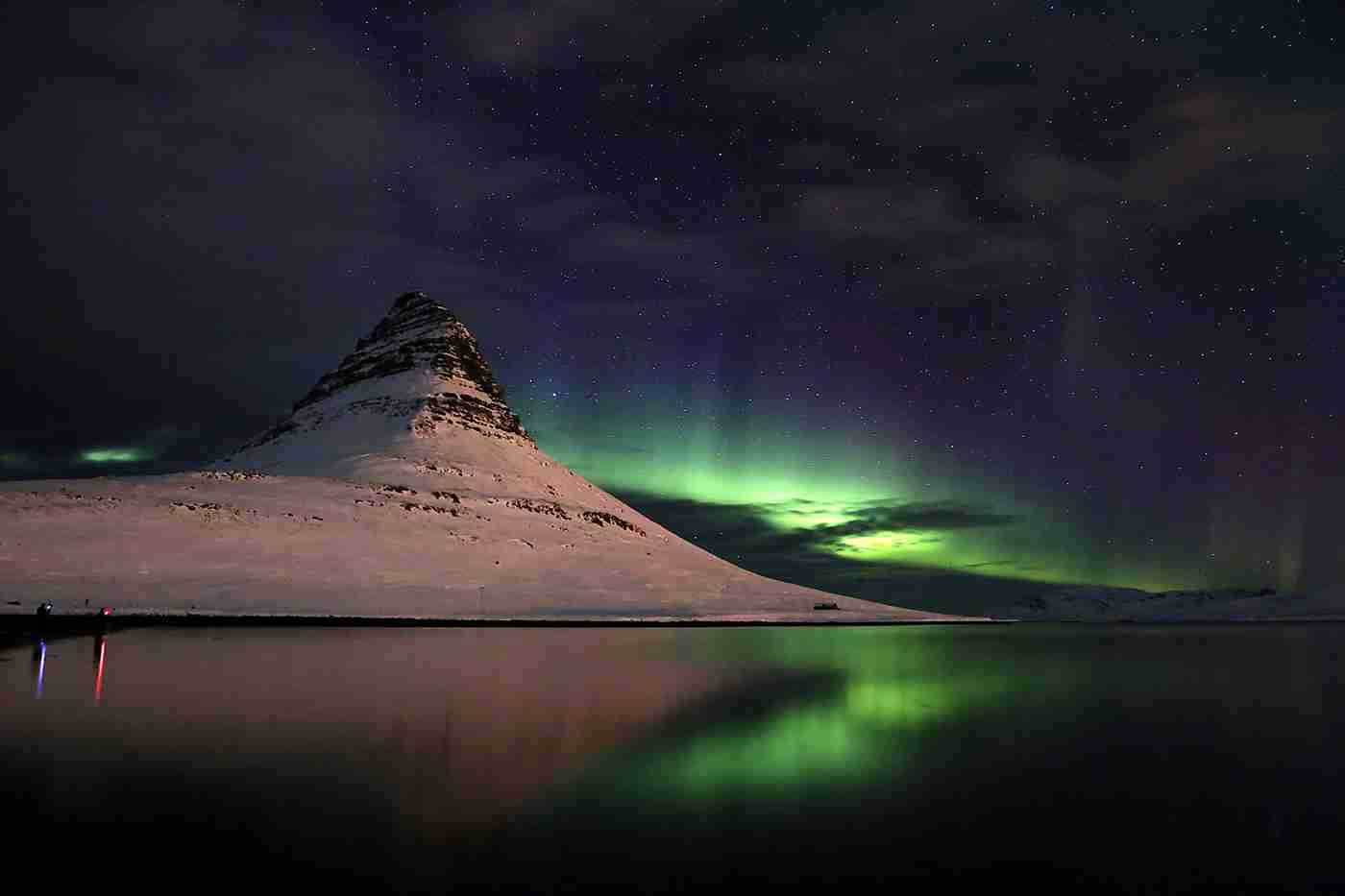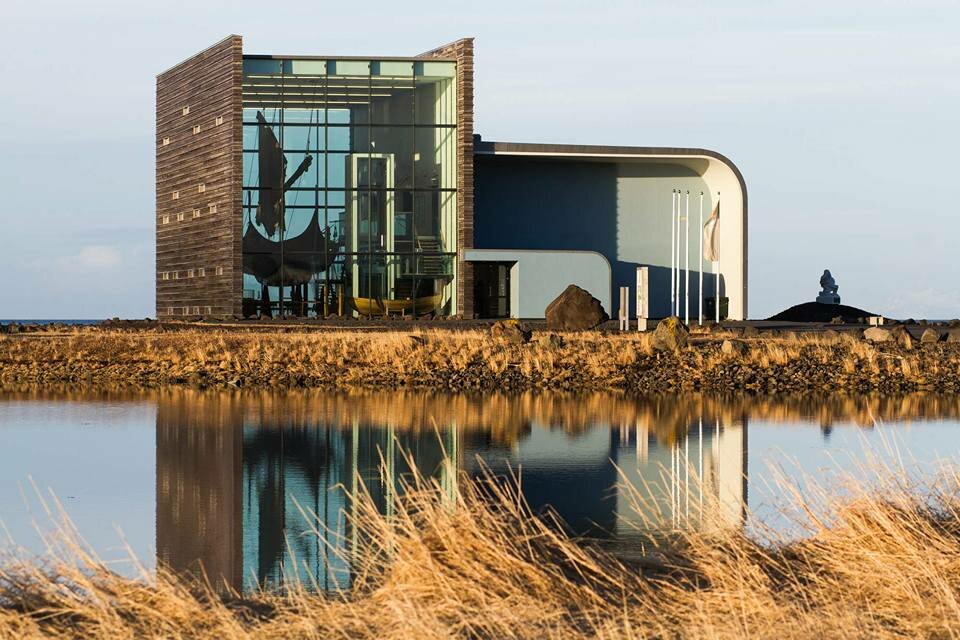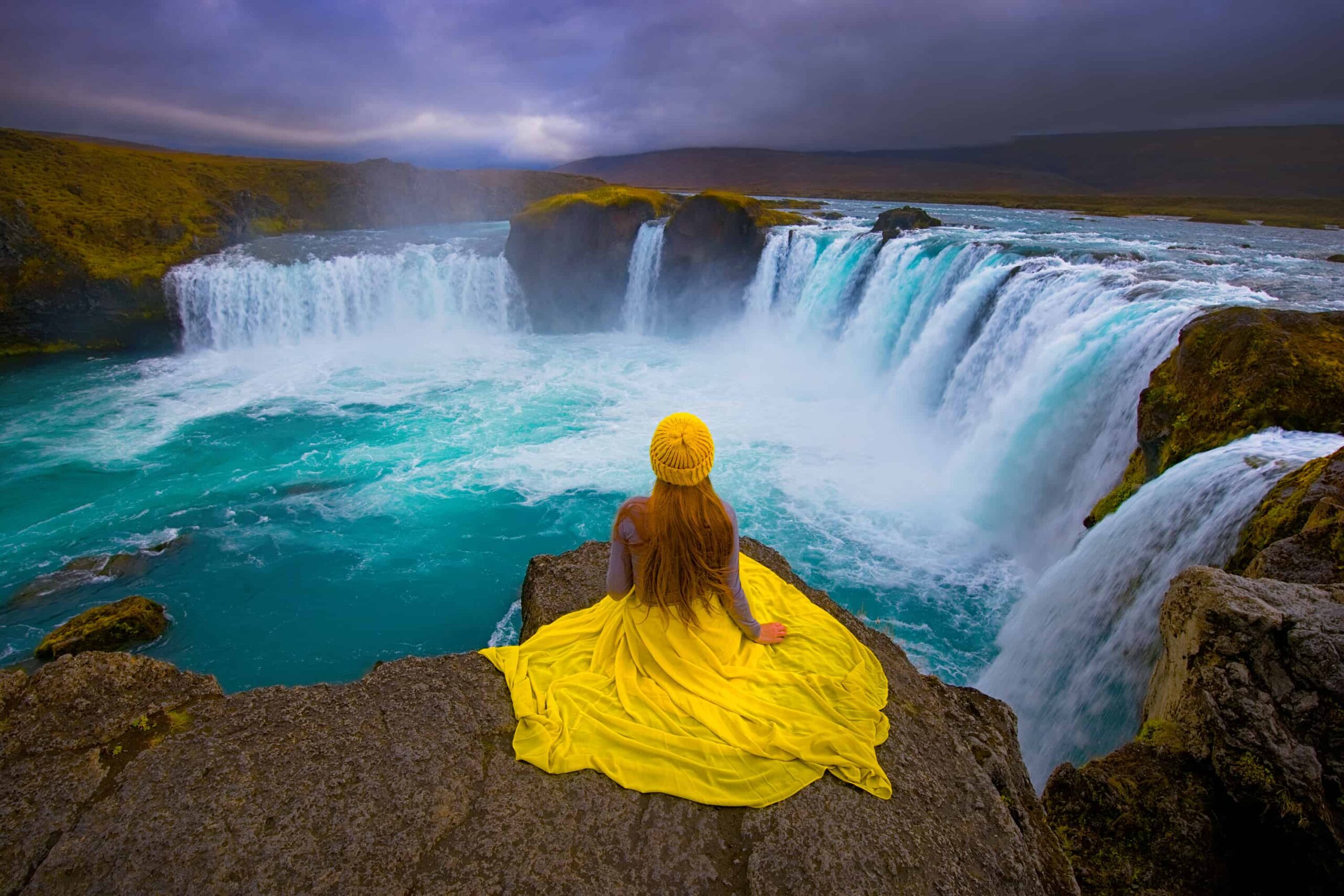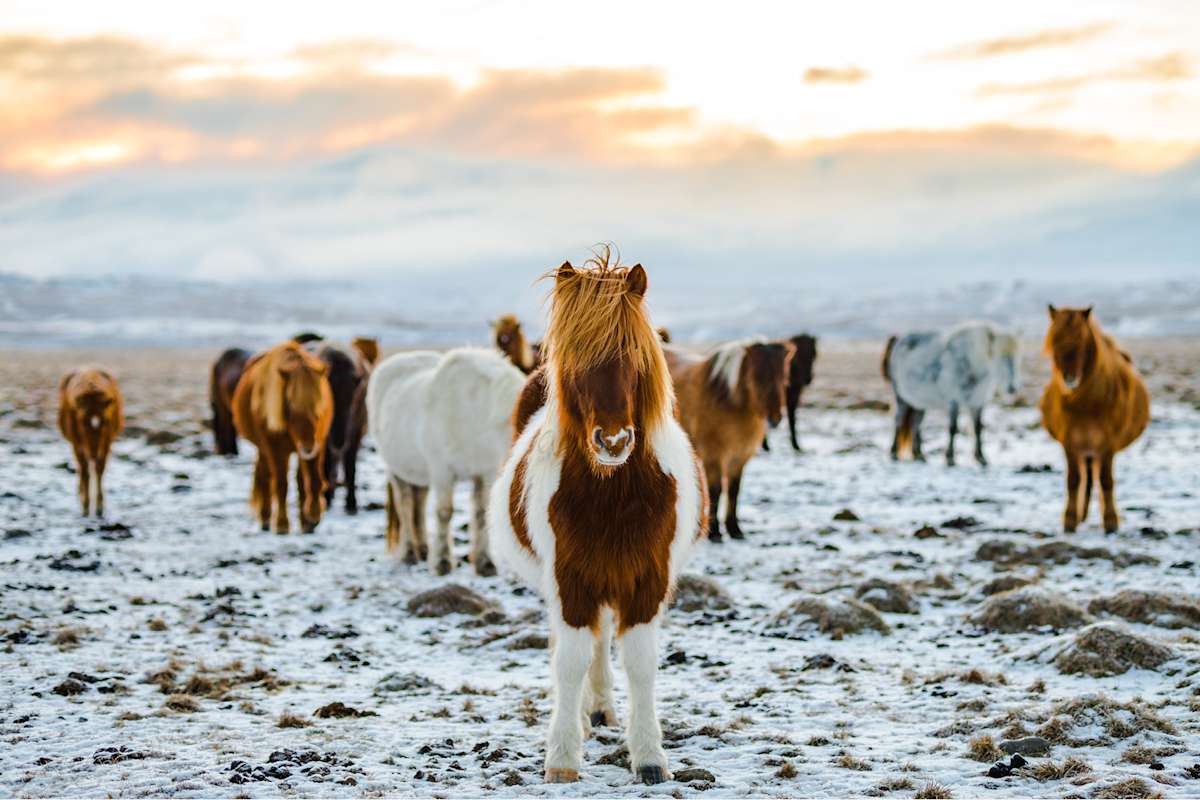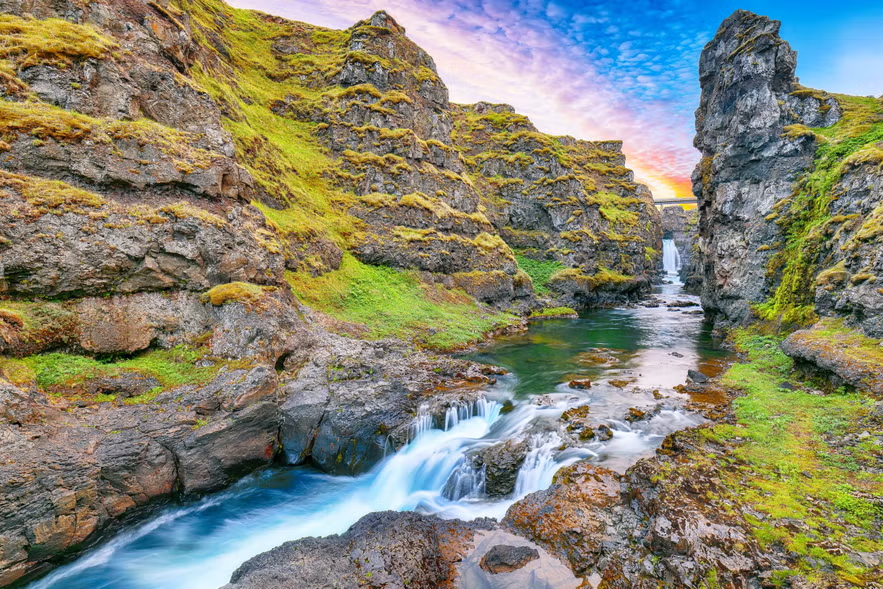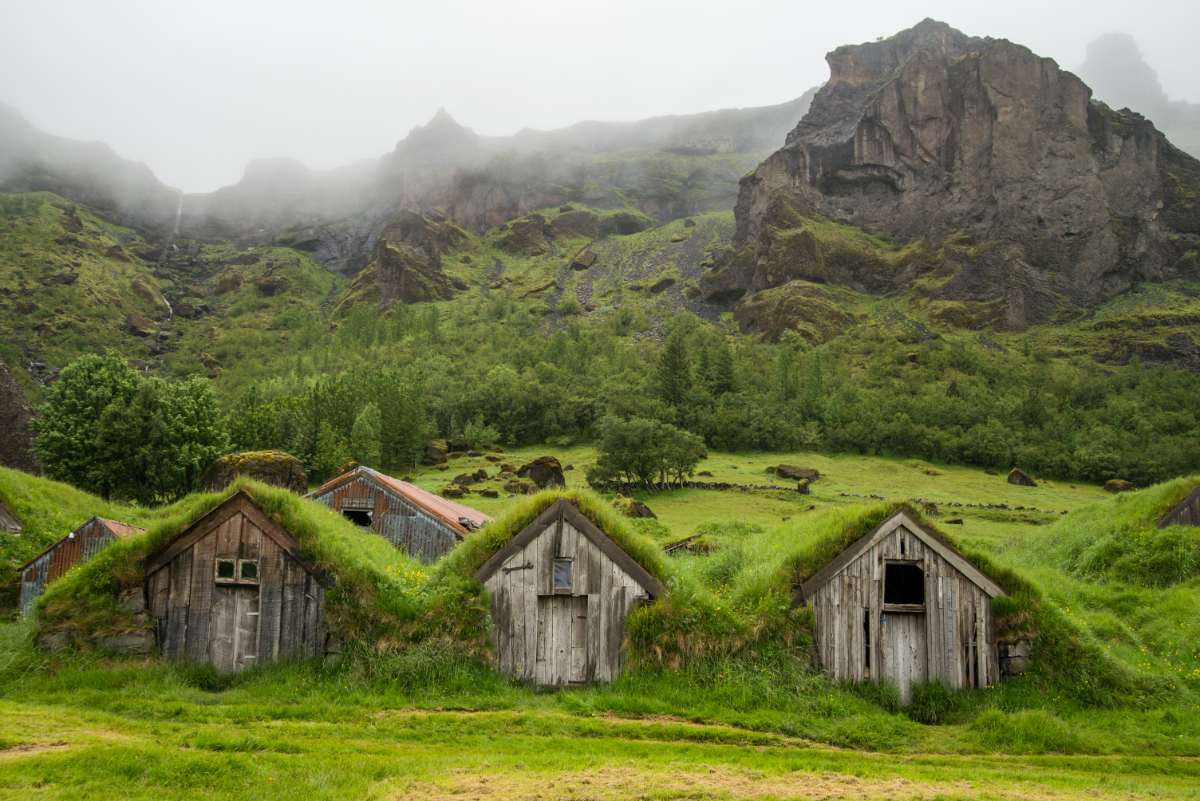Norse Gods Worshipped in Ancient Iceland
Category
Categories
Travel Guide
Type
Glacier Lagoons, Bird Sights
Destination
Vatnajokull national Park
High season
Jun - Aug & Nov - Jan
Area
18 sq km
Outflow
Atlantic Ocean
Popular articles
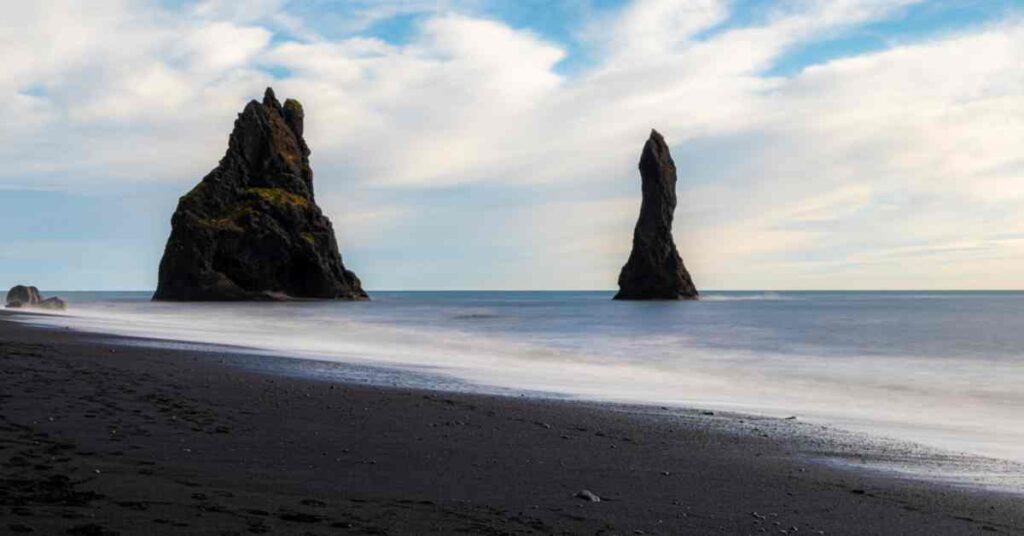
Introduction
Tucked away in the heart of the North Atlantic Ocean, Iceland, a country of fierce beauty fuses together vibrant contrasts of fire and ice, and the fierce romance of epic geysers, waterfalls, and wild volcanic landscapes. At the heart of this barren beauty is the age-old specter of the pantheon of Norse gods that were worshipped fervently in Ancient Iceland.
Out of the wild and vast expanse of glaciers and vast lava fields, Icelandic pagans and Vikings of old revered and honored the ancient gods in a society both influenced and inspired by folklore, cultural lore, and natural wonders. Lose yourself in the unraveling narrative of the Norse gods worshipped in Ancient Iceland and feel the echoes of their presence in the stunning geographies of the island that are nothing short of an ethereal chronicle.
The Mighty Odin: A Reverberation of Power
Odin, the Allfather, stood at the helm of the Viking pantheon. Volcanic fissures, pouring molten lava onto the icy terrain, might well capture the immense wisdom and unpredictability associated with Odin. Indeed, nowhere does this contrast feel more real than in the barren wildness of Laki, one of the largest volcanic fissures. Its dark, extensive lava fields, interspersed with green moss, pampas, and wildflowers, are reminiscent of the juxtaposition of Odin’s wisdom and warfare.
Historical narratives suggest that in the throes of a brutal winter, the Vikings may have made sacrifices to Odin, the god of death, for a gentle spring. These historical tales, passed onto generations, are visible today in the tradition of Thorrablot, a Viking mid-winter feast that celebrates surviving the harsh winter.
Freya: The Embodiment of Love and War
Overlooking the pulsating geysers, you might hear the whispers of Freya, the goddess of love, beauty, and war. Freya embodies the spirit of the Icelandic landscape – a striking equilibrium between severity and serenity. Consider visiting Geysir, the original geyser from which all others derive their name, in the golden glow of the setting sun. The geyser’s eruption symbolizes Freya’s fierce warrior spirit, while the serene time in-between represents her gentler aspect. These hydrothermal features have their origin in the myths of creation, whereby fire and water combined formed the basis of life in the early Norse mythos.
Thor: Bracing the Wild Elements
The pulse of thunder and roars of powerful waterfalls across the rugged Icelandic landscape summon the energy of Thor, the god of thunder, lightning, and the protector of mankind. These natural phenomena mirror the immense power that Thor wields. Walk along the roiling waters of the Gullfoss waterfall, its twin cascade unleashing raw energy much like Thor’s thunderous chariot. The saga of Thor, holding earth-shattering lightning storms at bay, finds a striking parallel to Icelanders’ resilience against their country’s stark natural forces.
Ancient temples dedicated to Thor, such as the one mentioned in the Sturlunga Saga at Hof in Thorsmork Valley, continuously intrigue archaeologists. To experience a sense of such sacred spaces, one must visit the restored Old Norse temple at Thjorsardalur Valley, a stone’s throw from the thunderous Háifoss waterfall.
Frigg: The Quintessence of Hearth and Home
Gentle hills, the warmth of geothermal springs, and flowering valleys embody the essence of Frigg, Odin’s wife and the goddess of marriage and motherhood. Frigg’s inherent warmth finds a tangible manifestation in the soothing geothermal waters of the Blue Lagoon. Here, weary wanderers can bathe in the mineral-rich, warm turquoise waters, much like ancient Vikings may have sought warmth and healing in natural hot springs. The significance of hearth and home, symbolized by Frigg, is evident in the significant place the longhouse, the heart of Viking homesteads, holds in Icelandic history.
Conclusion
To tread on the whispering lava fields, watch sunsets ablaze on the horizons of thunderous waterfalls, witness the magic of the dancing Northern Lights, or feel the raw energy of boiling geysers is to journey through an intimate narrative of Iceland’s past. In the heart of the island’s elemental natural beauty lies the echo of ancient sagas, hallowed gods, and enduring folklore. Venture into the Icelandic wilds to embrace the Viking spirit of bold exploration and unearth the olden stories where the gods of thunder, love, wisdom, and hearth weave an enchanting tapestry in the rugged landscapes. Awaken your senses and let the Norse gods guide your way through the elemental soul of wonderful Iceland.

